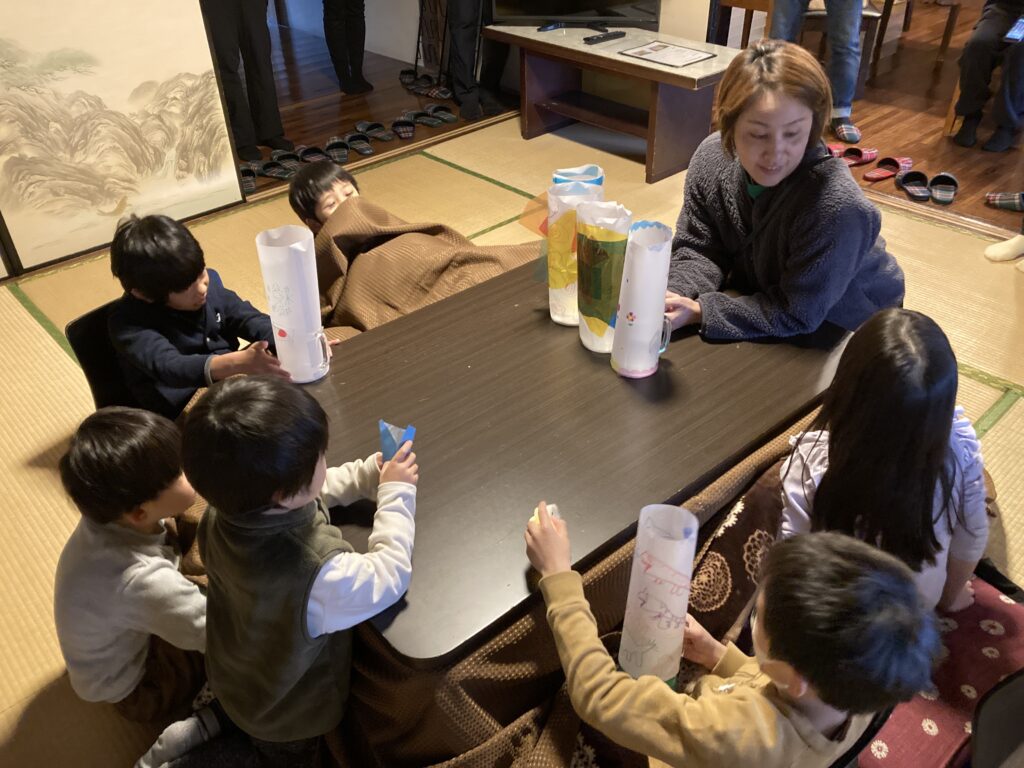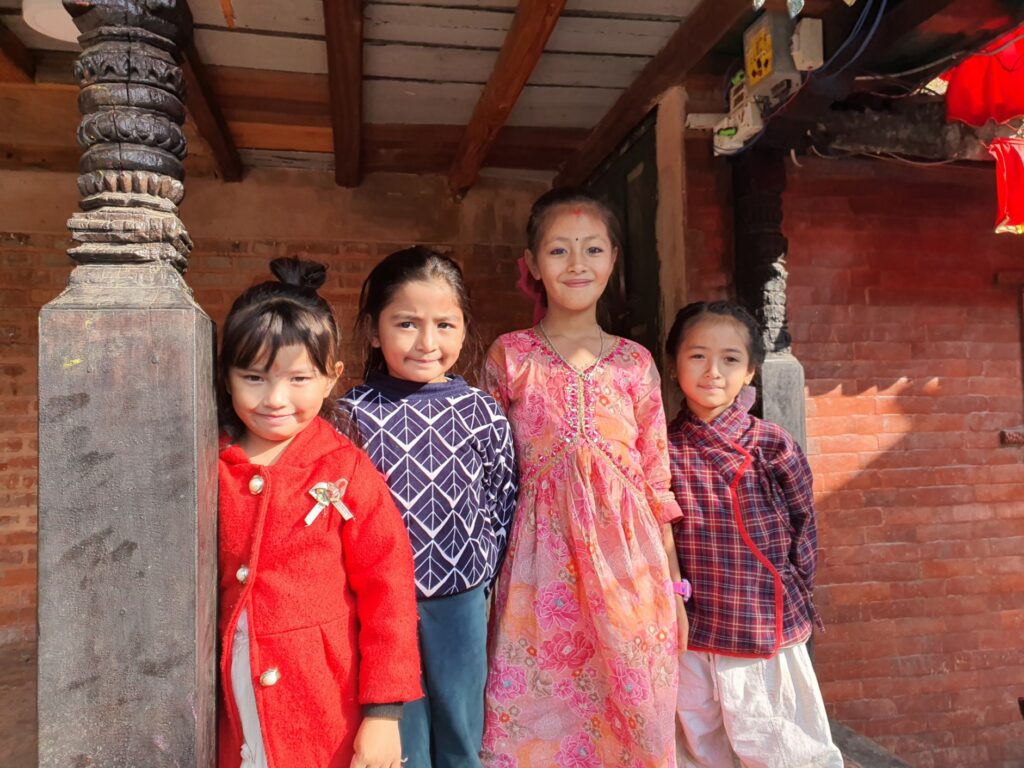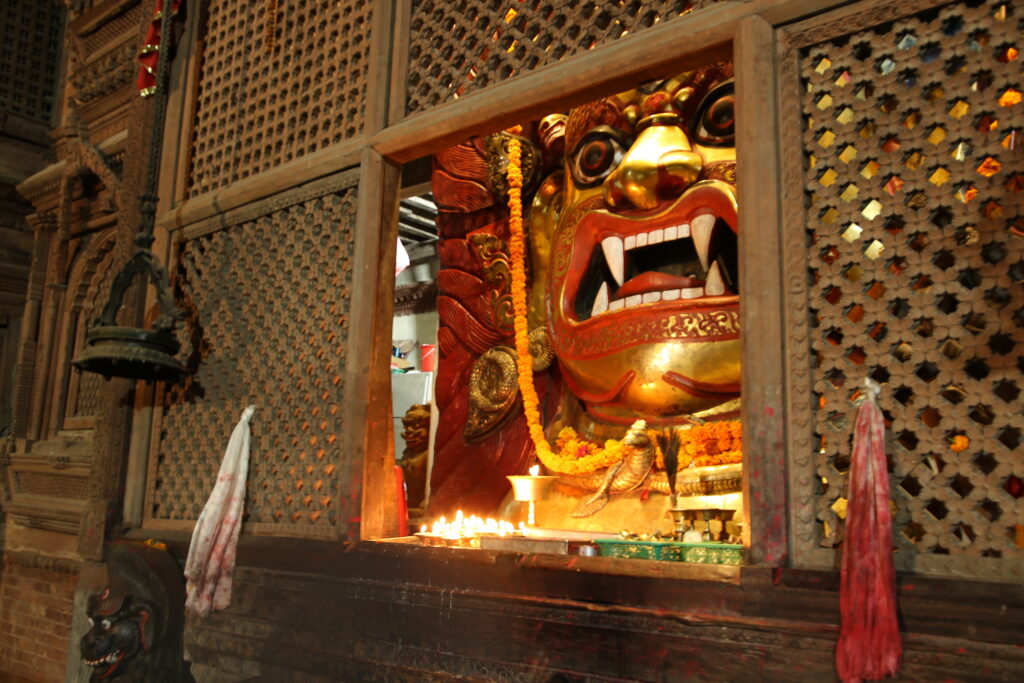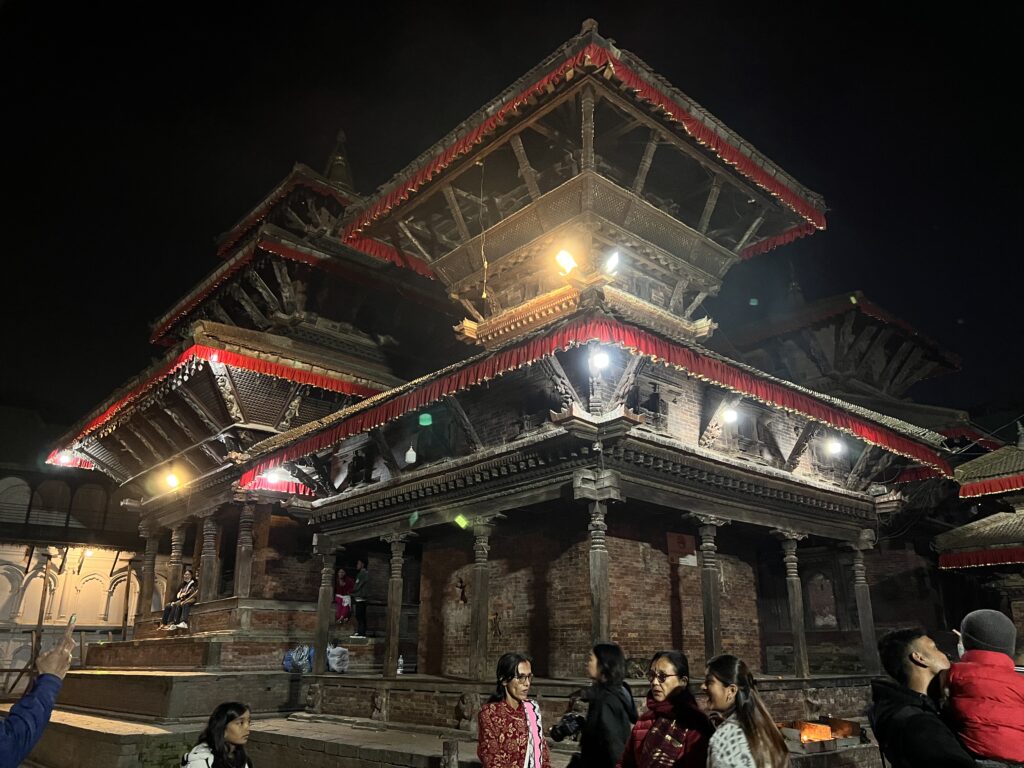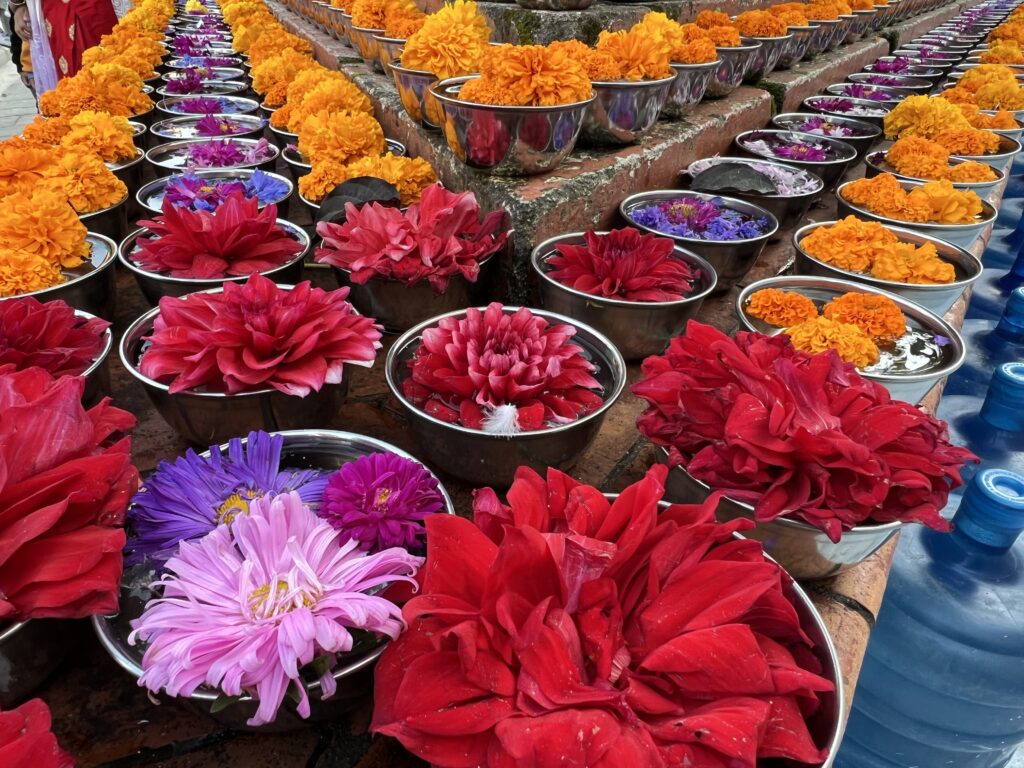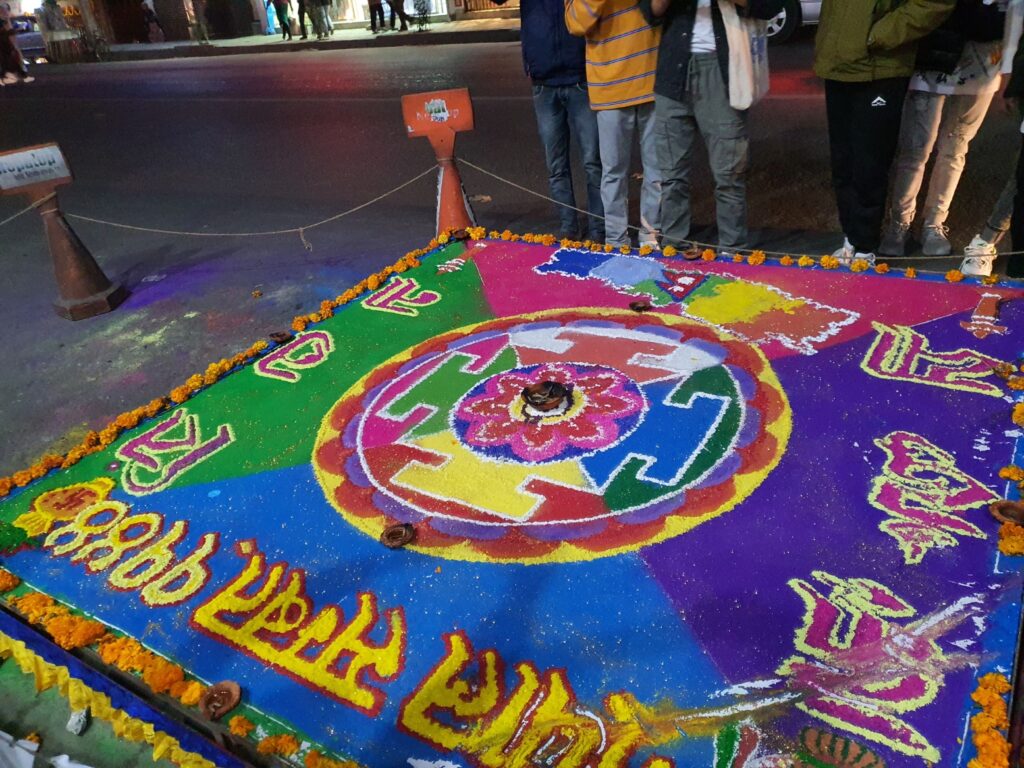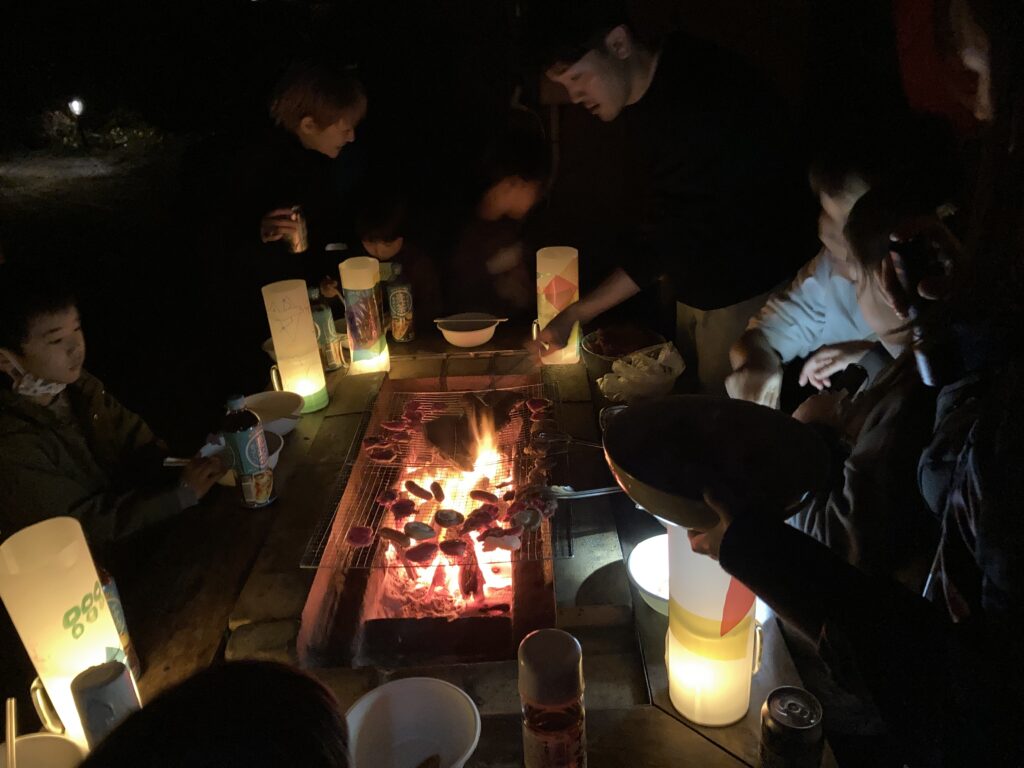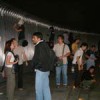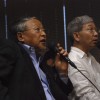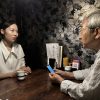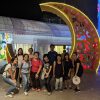Date of Issue: 16 January, 2024
-Activity 1 /Lighting Survey: Nepal(2023.11.12-11.14)
-Activity 2 / Children Workshop Experiencing Old Traditional Japanese house in Chiba (2023.11.25-11.26)
Lighting Detecdtives Newsletter Vol.127 Download PDF
Lighting Survey: Nepal 2023.11.12 – 2023.11.14
Mayumi Banno Xianyu Liu (Flower)
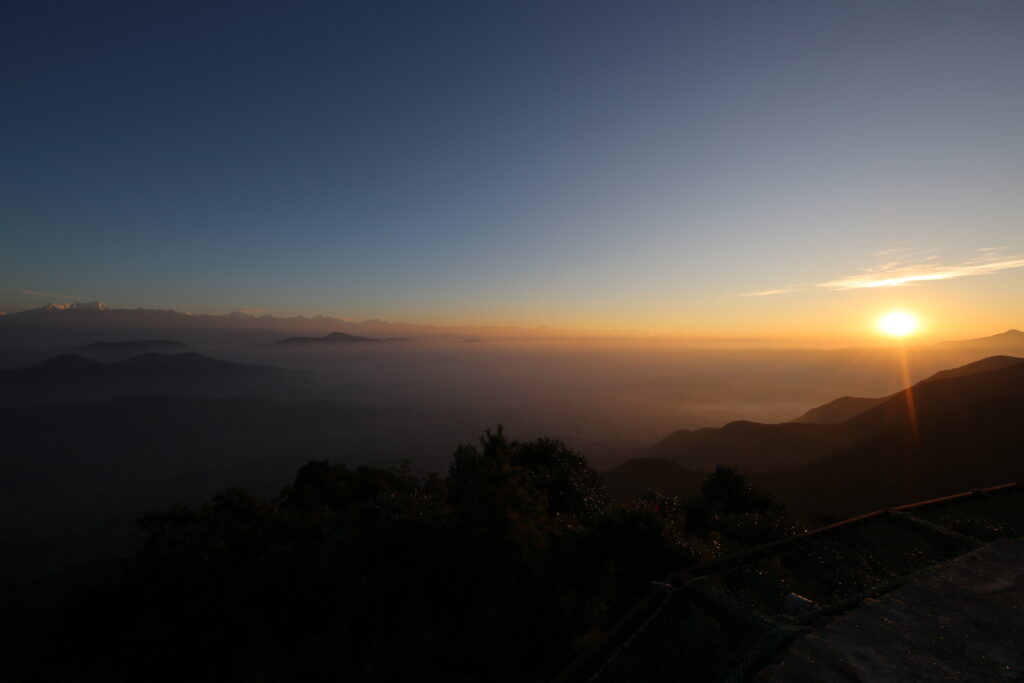
Kathmandu Valley, a World Heritage Site encompassing Kathmandu, Patan, and Bhaktapur; how is the city faring now after the devastating earthquake of 2015? During Tihar, Nepal’s festival of lights, we visited the capital city of Kathmandu and the adjacent ancient city of Bhaktapur.
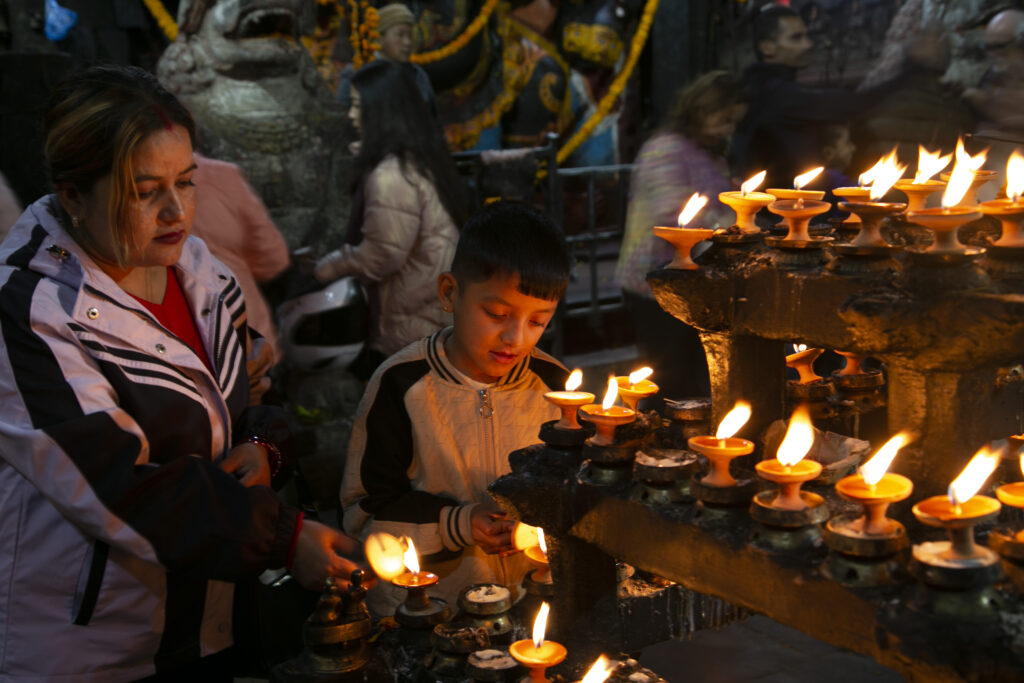
■Introduction
How are Nepal’s cities faring after the 2015 earthquake? During Tihar, Nepal’s festival of lights, we visited the capital city of Kathmandu and the adjacent ancient city of Bhaktapur to explore the reconstruction and the lighting environment during the festival. From the plane overlooking the whole of Nepal, shocked by the twinkling lights of the stars. Nepal is a country with a high national happiness index, but it is also very poor. But when I saw this from the plane, I was surprised, I thought Nepal would have no lights, or very little lights. Later, I heard local people say that because it is the New Year, every family will prepare the colored lights, decoration, and create a lively atmosphere. (Flower)
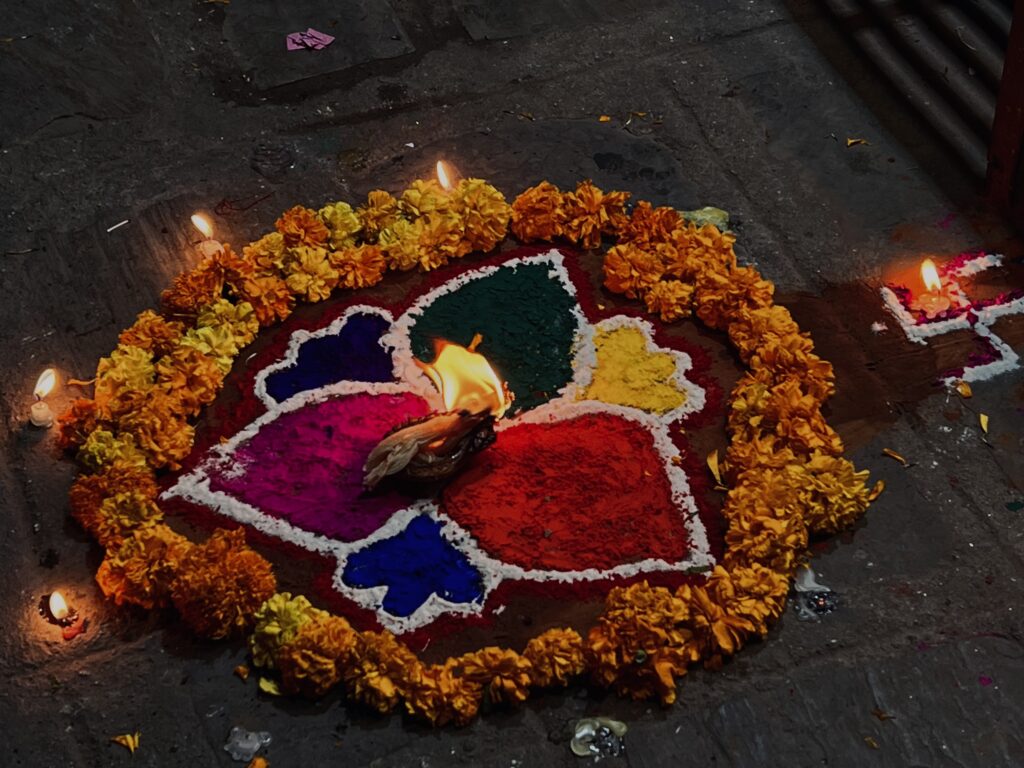
■Kathmandu
Kathmandu is located at an altitude of about 1,400 meters. In mid-November, when we visited, the days were hot and sunny, but the nights were cooler than 10 degrees Celsius. The city was filled with the hustle and bustle of the Hindu festival of Lakshmi, the goddess of wealth and happiness, to pray for wealth and health, and the New Year who live in this region. In this country sandwiched between India and China, the two cultures seem to blend together. For example, a typical dish called Momo looks like a dumpling, but inside are minced meat with Indian spices. These are dipped in a sauce similar to an Indian curry and eaten. The two major religions are also Hinduism and Buddhism, and temples and monasteries dot the city. Many of them were destroyed or damaged in the great earthquake of 2015, but as of 2023, most of them seemed to have been repaired. What impressed us the most on this trip was the panoramic view of the Himalayan Federation, which turns orange with the sunrise, and the kindness of the Nepalese people. (Mayumi)
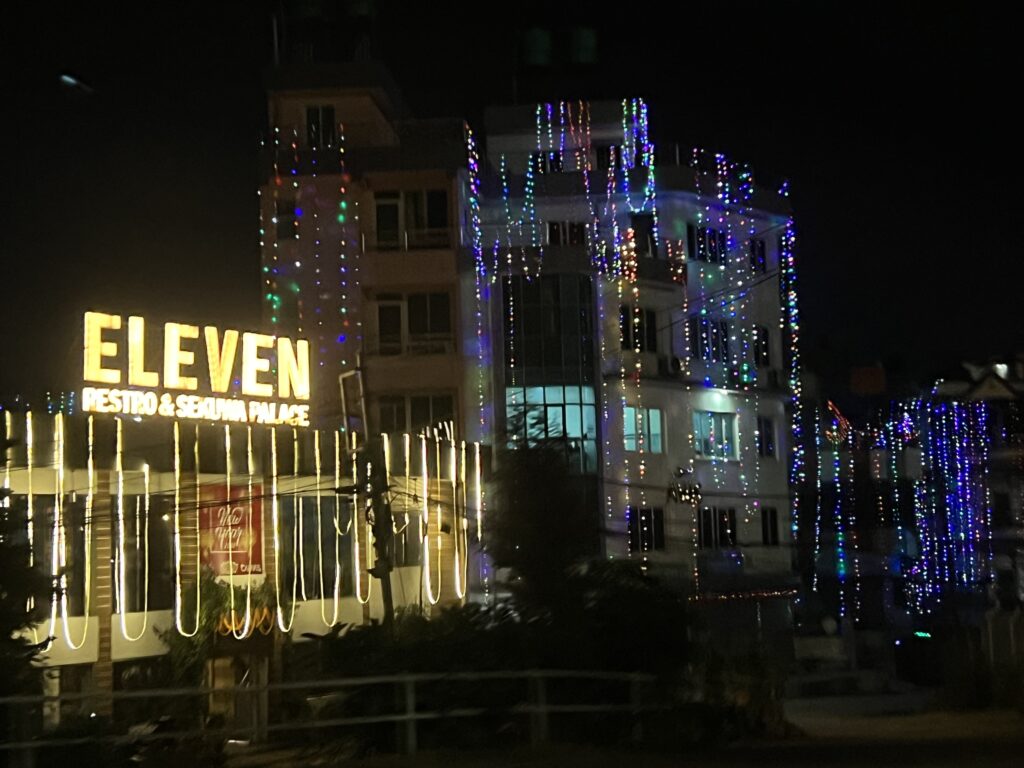
Walking in the city, surrounded by dense crowds, it is full of festive atmosphere of excess. Buildings are all connected by strings of lights and strips. The color of the lamp string is not changed by the color of the light source, but the use of a monochromatic warm light source, the transparent surface is colored, so that the light in the entire environment is not too fancy, which I think is quite poetic. To do the best within its ability is also an expression of the state of mind of the people living there. (Flower)
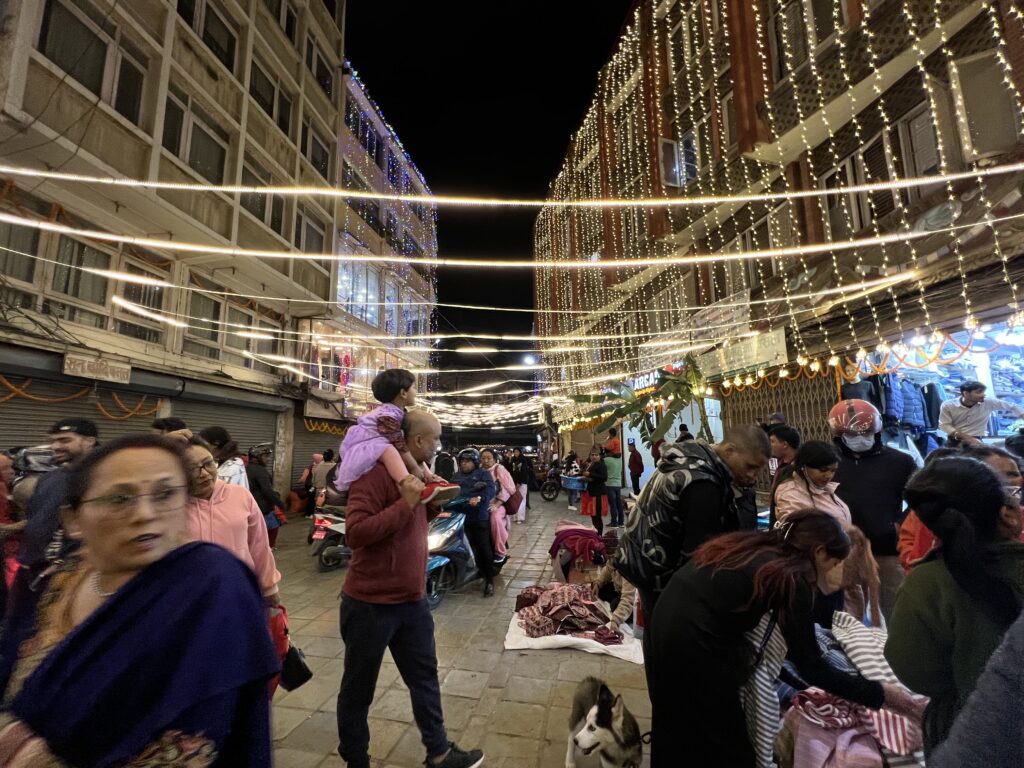
■ Kathmandu Durbar Square
Durbar Square, the royal palace square of the former kingdom of Kathmandu, is located in each of the three major cities in the Kathmandu Valley: Kathmandu, Patan, and Bhaktapur. Here in Kathmandu, the square was crowded with stalls, but at night the lighting was not bright enough and people were selling and buying things in the dim light. The Jagannath Temple, the Kumari Pavilion, and many other architectural structures lined the streets. Each of them is decorated with intricate and complex carvings and is very beautiful. It is a pity that they are roughly illuminated at night by dazzling daylight floodlights.
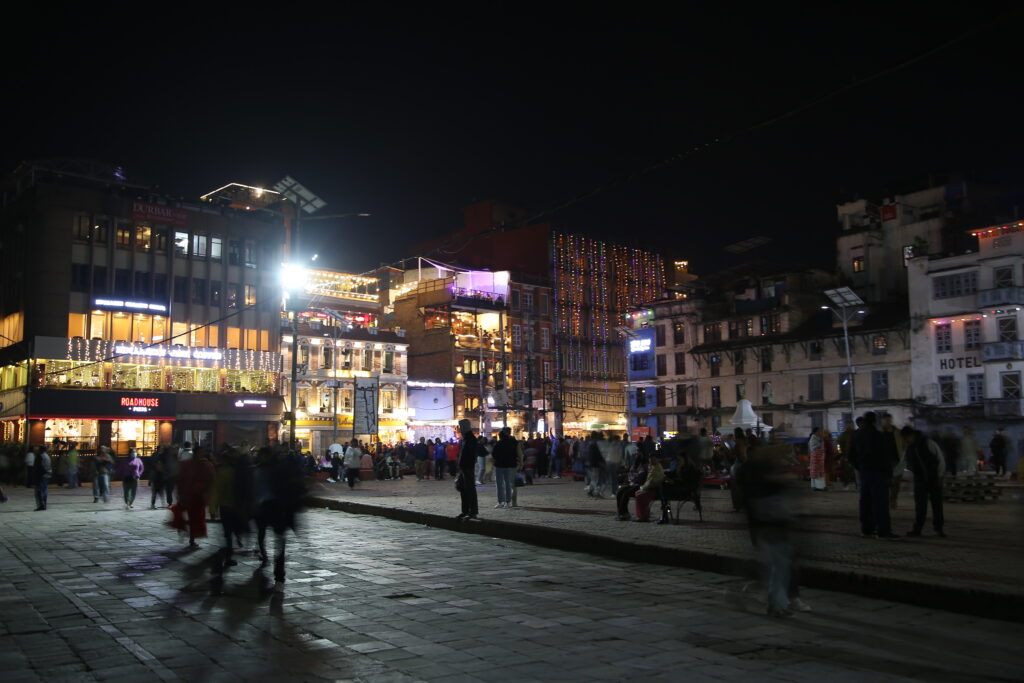
■ Kathmandu city overview from distance
The night view of Kathmandufrom Chandragiri Hill by cable car. The hill is at an altitude of 2,500 meters. The city of Kathmandu is suffocating from the exhaust fumes of cars and motorcycles, but here the air is clean and the hustle and bustle of the city seems to be unbelievably quiet. The tallest building in Nepal is 58m. Surrounded by the Himalayas, the Kathmandu Basin is littered with lowrise buildings as far as the eye can see. The city is said to be a festival of lights,
and the blue-white lights of the houses decorated with LED lights twinkled faintly here and there. A layer of polluted air over the city diffusely reflected the city lights and covered the city like a glowing cloud. (Mayumi)
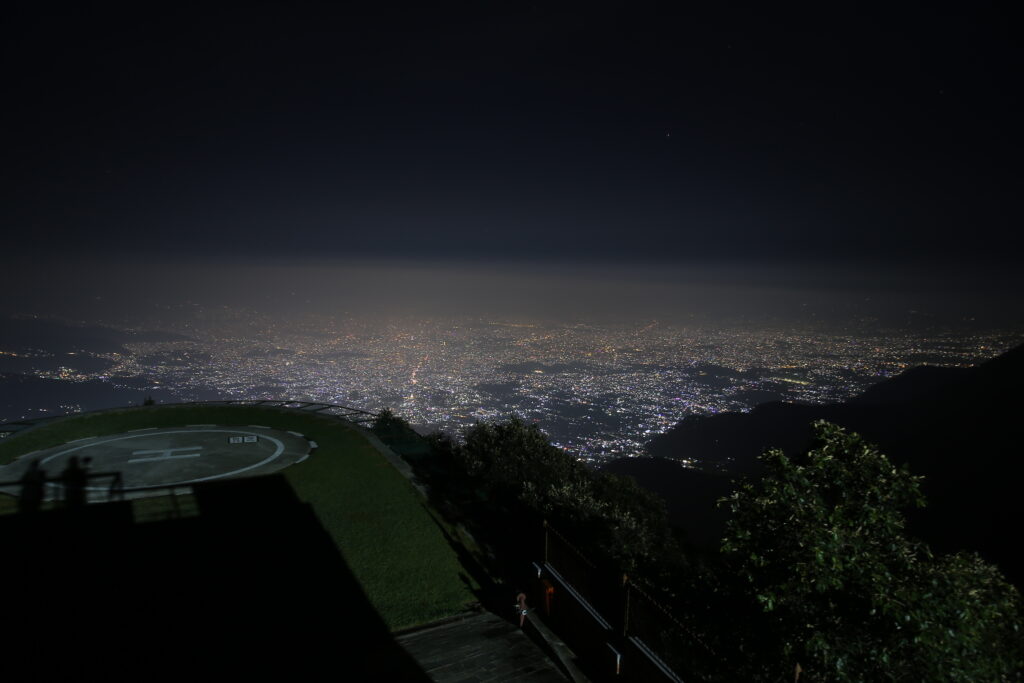
■Mandala Art
In contrast to the warmly colored architecture built of brick and wood, Nepal’s cities are filled with colors. Orange-yellow marigold collars, five-color prayer flags (tarcho) hanging in all directions, and mandalas painted with primary-colored powder. Mandalas with unique designs in houses and storefronts, and candles and oil lamps lit to invite the goddess Lakshmi inside each house. We saw a wide variety of mandalas during our survey.
■Boudhanath (Budda Stupa)
Boudhanath is a Tibetan Buddhist holy site where Buddha’s bones are said to be enshrined. The golden stupa with Buddha’s eye of wisdom painted on its chalk exterior base is a very unique building itself. Although it was not possible to enter the pagoda, many people were walking in a clockwise direction with chanting coming from somewhere in the circular plaza around the pagoda. Once inside the outer wall, devout Buddhists were praying earnestly for a long time in what is known as the five-stooled prostration, in which they crawl on the ground. What surprised me here was that I had seen floodlights made by European manufacturers, whereas I had seen only flimsy and glare fixtures elsewhere. When the area became dusky, the 4000K floodlights made the huge white stupa float fantastically. Eight years after the 2015 earthquake, many buildings have been repaired, but the light environment still seems to have much to improve. In a city where the concept of lighting design may not even exist, people still celebrate the Festival of Lights to the best of their way. It was deeply moving to see the lights scattered all over the city, not in a sophisticated way, but with the people’s hearts and minds. I hope that one day, like the architecture of this country, the light environment will develop in its own unique way.
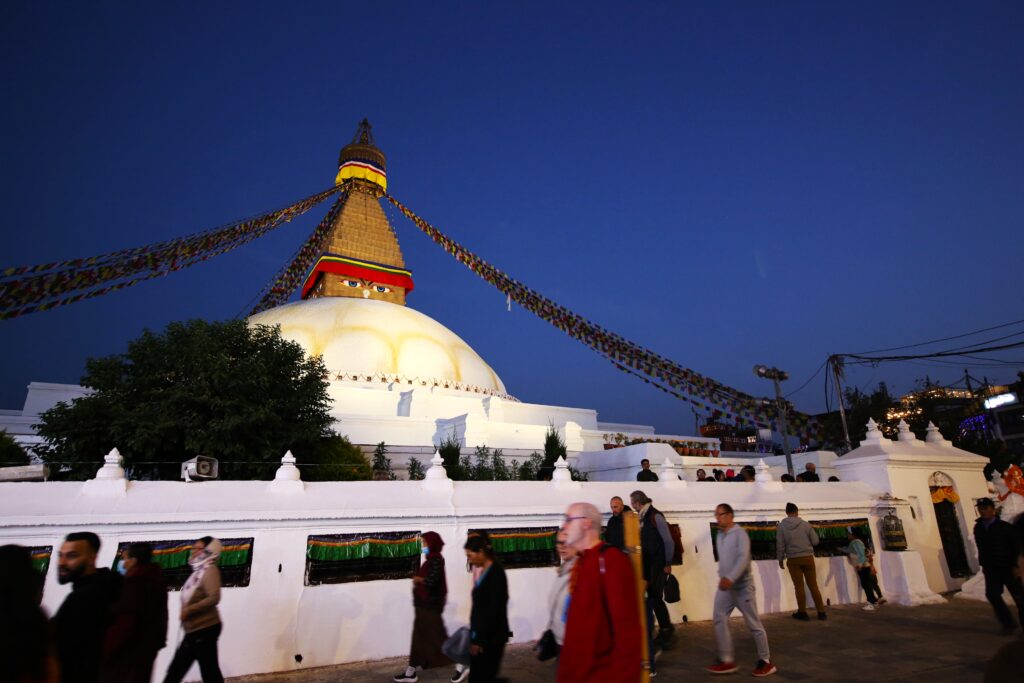
This was a two-day whirlwind survey, but it went very smoothly which was largely due to the kindness and generosity of the people we met in Nepal. We would like to take this opportunity to express our deepest gratitude and hope to visit a wonderful country again. (Mayumi)
Children Workshop Experience the old traditional Japanese house in Chiba
Let’s think about the importnace of even the smallest light in the dark
2023.11.25-26 Sachiko Segawa+Noriko Higashi+Mami Kono
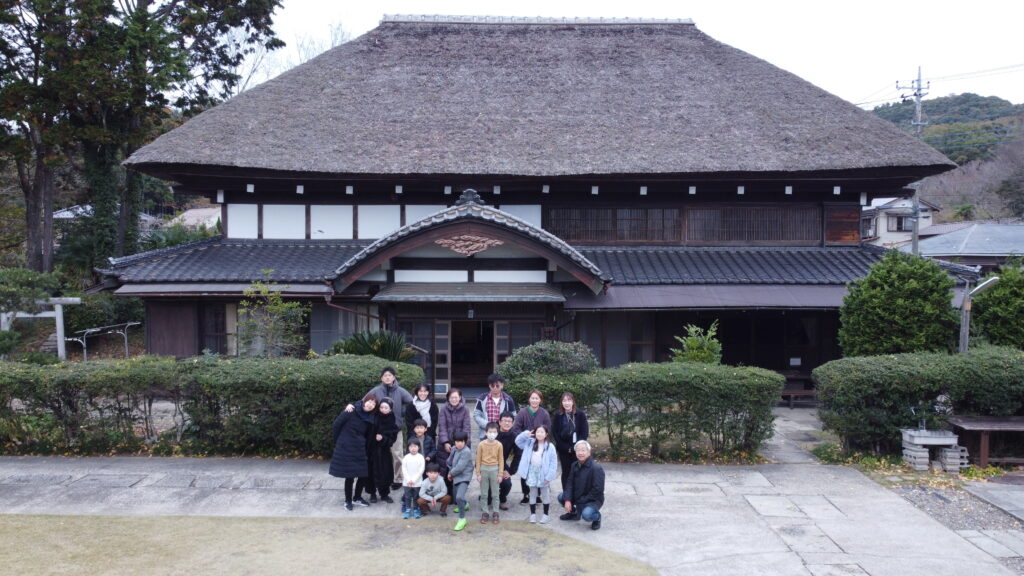
We have held several “Irori (hearth)” gatherings at the Children’s Workshop as a way to experience the darkness, and we have always been thinking about the idea of spending the night in an old private house.
The workshop was designed to fully engage all five senses, with the expectation thatr spending the night using as little electricity as possible and only small lights would reveal something different from the usual.
This year’s children’s workshop was held in an old house in Otaki Town, Chiba Prefecture, under the theme “Let’s think about the importance of small lights in the dark!
For these few years, we could not hold the event due to the COVID-19, or when we did hold it, we didn’t get opportunities to have time talking with the children. This year, however, we decided to have an overnight program to spend time with the children to feel the light. 6 children, ranging from 5 years old to 2nd grade elementary school students, gathered and enjoyed the workshop.
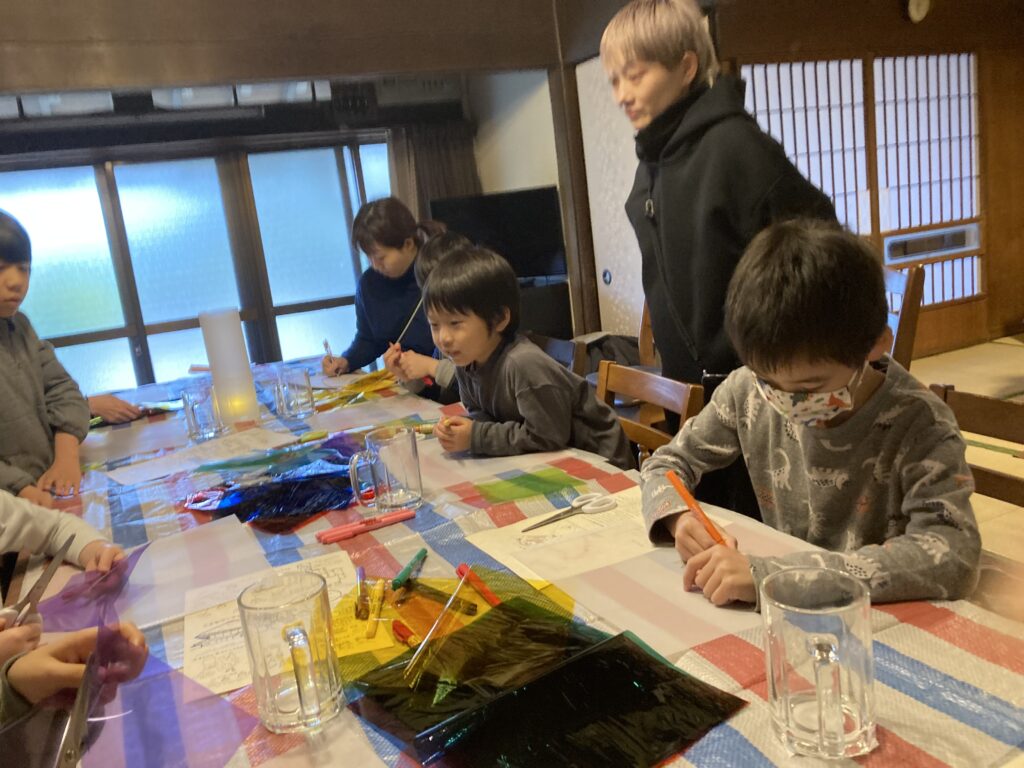
This old house, called Nakanoya, has a thatched roof and the Irori hearth. In order to spend the night without relying on modern lighting as much as possible, we first made lanterns. The children made the lanterns by drawing pictures and pasting colored cellophane on hard tracing paper. Since candles could not be used inside the house, LED candles were used instead. We took the lantern and went for a walk around the oldhouse.
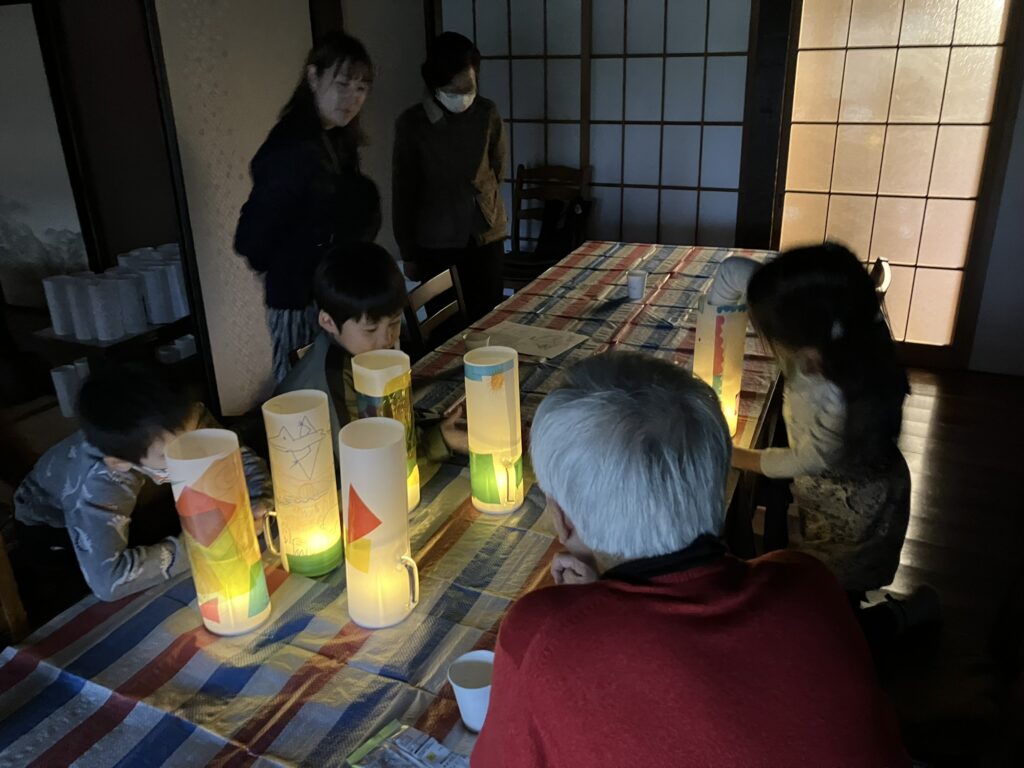
There were no streetlights along the road surrounded by rice paddies and fields, and the children had the experience of walking with the lanterns they made as it gradually became darker. When Mr. Mende lit up the big gingko tree, the children got so interested and started to illuminate various things with their flashlights.
After the walk, we spent time in an old house with the existing lights turned off and only lanterns placed in the house. We started with a barbecue in the garden with our own lanterns nearby. However, it was too dark to see how well the meat was cooked, so we had to use a flashlight.
Unfortunately, the sky was overcast, so we could not see stars, but the children’s appetite was very strong even in the darkness. When we turned off the flashlights, we saw the crackling red glow of the charcoal and the children seemed to enjoy this somewhat unusual situation. After the barbecue, we replaced one of the lanterns with a real candle. Perhaps it was the tracing paper around the lanterns but even the adults were surprised how natural that those LED candles were even right next to the real one. The real candles were a little brighter, but I felt that the colors have been improved in these 10-ish years LEDs have been around. After the fireworks, we sat around the hearth and listened to a talk about light by the leader, Mr. Mende.
Unluckly, only charcoal fire was used in the hearth, so we could not see the burning wood fire, but the space surrounded by the lanterns and charcoal fire seemed to naturally lull the children to sleep. As our eyes had become accustomed to the darkness, I felt very dazzled by the modern light source that the leader showed us during the talk. The children seemed to feel “uncomfortable” with the glare. After the talk, the children who had spent the morning with their friends and were in a state of excitement quietly fell asleep in the darkness.
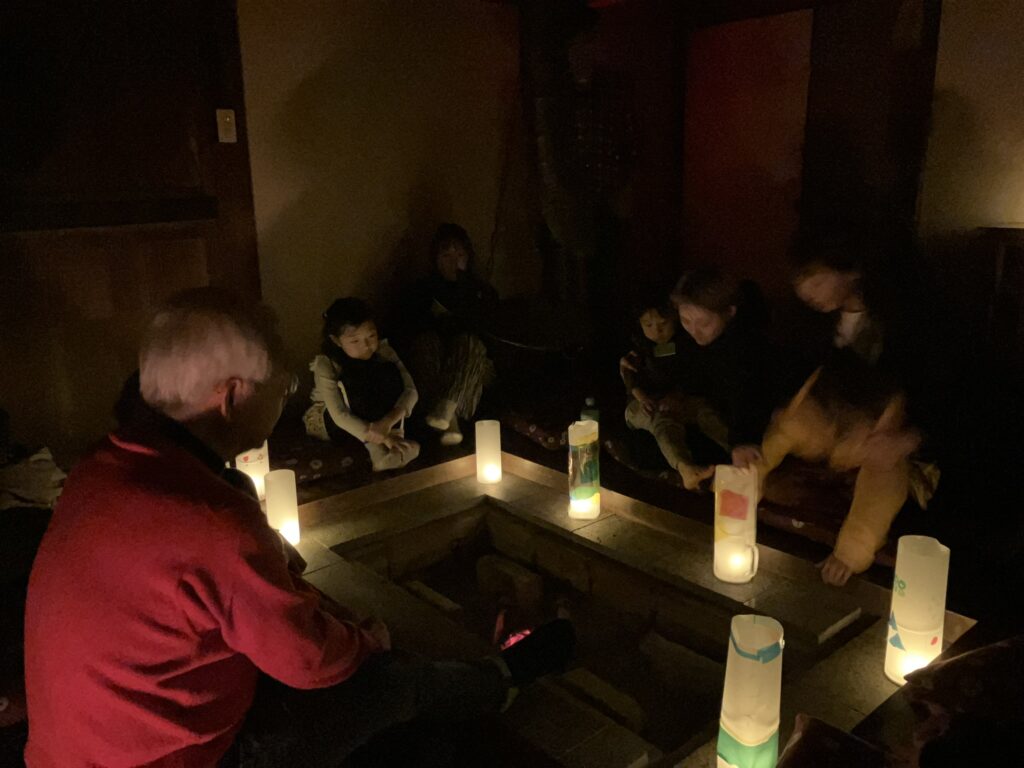
The next day, in the early morning, we walked again along the same path we had walked the day before. It seemed like it was a completely different experience to see the scenery in a brighter light for the children, and they were playing tag while walking. At the end, we sat around the kotatsu and talked about what we had felt on there two days. When asked, “How was it to spend the day in the dark?”, their responses were various from , “I was scared” to “I was totally fine.” I would be happy if this workshop helped the children, who live in today’s world saturated with light even at night, to notice and cherish the small lights that are around them. (Sachiko Segawa)
